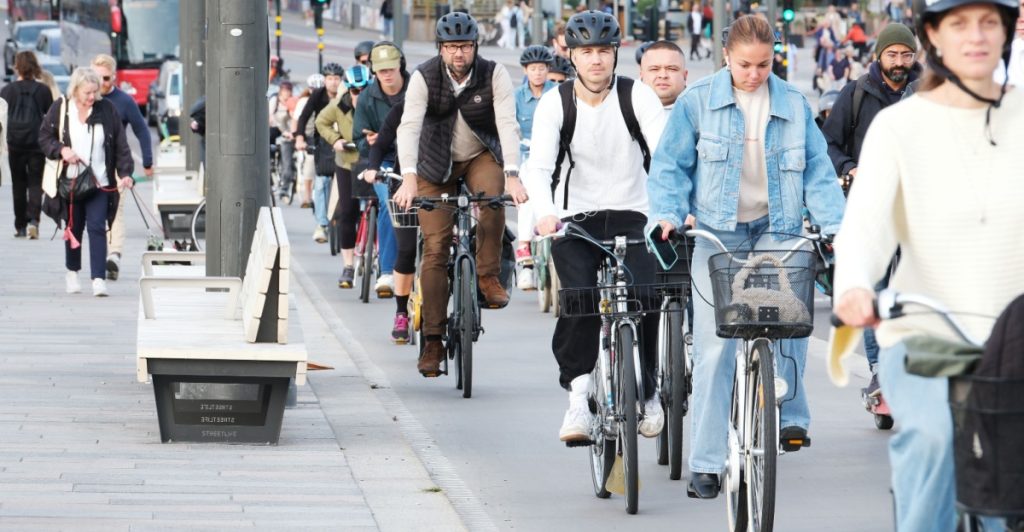What do the world’s happiest cities have in common — and is yours on the list? A global study reveals the answer.
Others are reading now
A number of cities around the world stand out for their high quality of life and satisfied residents. Maybe it’s time to take a closer look at where happiness truly thrives?
The World’s Happiest Cities

Based on a study by the Institute for Quality of Life
The British think tank Institute for Quality of Life analyzed 200 cities worldwide to determine where quality of life is highest — and where people are the happiest.
The Method Used

The study is based on 82 indicators across six main categories:
Also read
- Citizens
- Governance
- Environment
- Economy
- Health
- Mobility
Data and Interviews

Only cities with reliable, measurable, and comparable data were included. In addition, residents of each city were interviewed to gain a local perspective on happiness and quality of life.
This slideshow features the 10 cities that scored the highest — including four from Denmark.
1. Copenhagen, Denmark
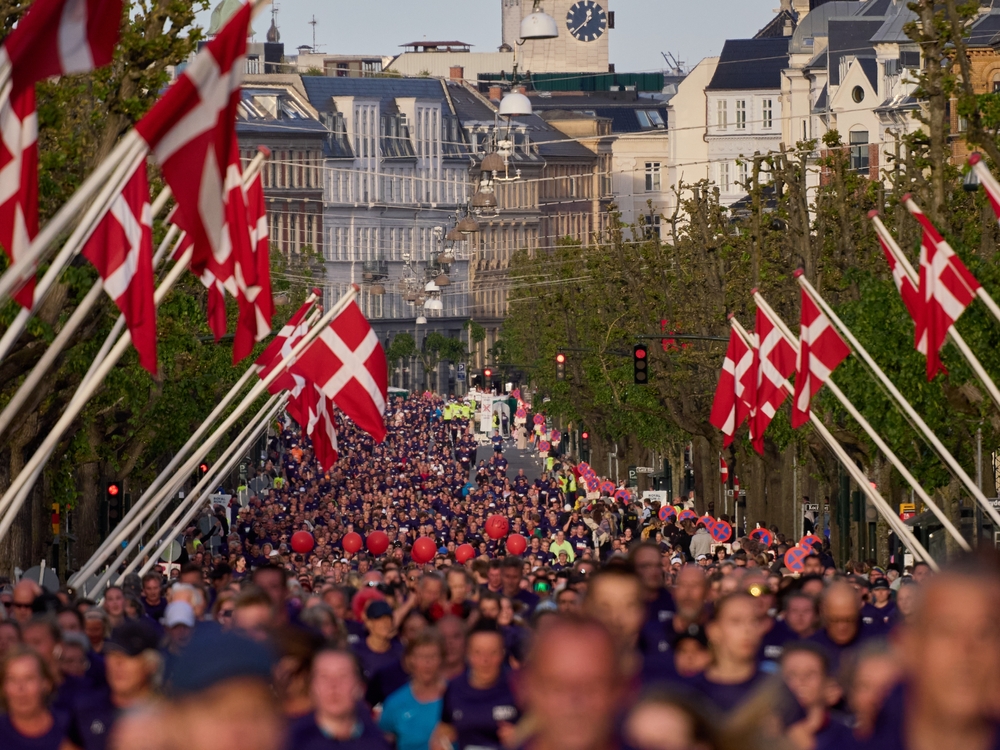
- Population: approx. 650,000
- High scores in mobility and environment
- One of four Danish cities on the list
- Residents highlight the work-life balance
2. Zurich, Switzerland
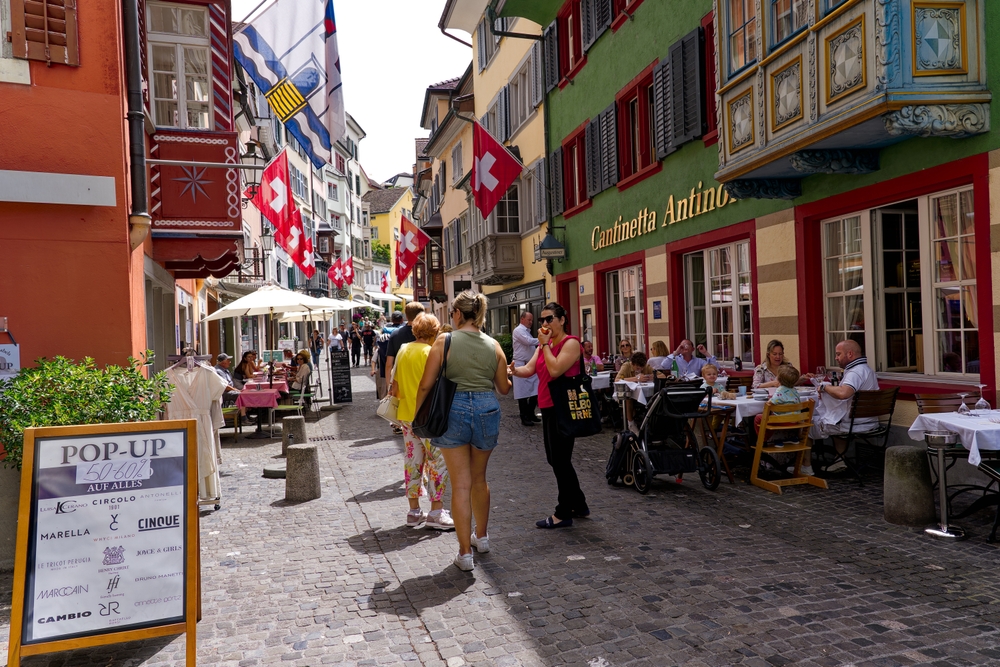
- Population: approx. 440,000
- Excellent economic stability and healthcare
- Low crime rate and high quality of life
- Efficient governance and well-developed public transport
3. Singapore, Singapore
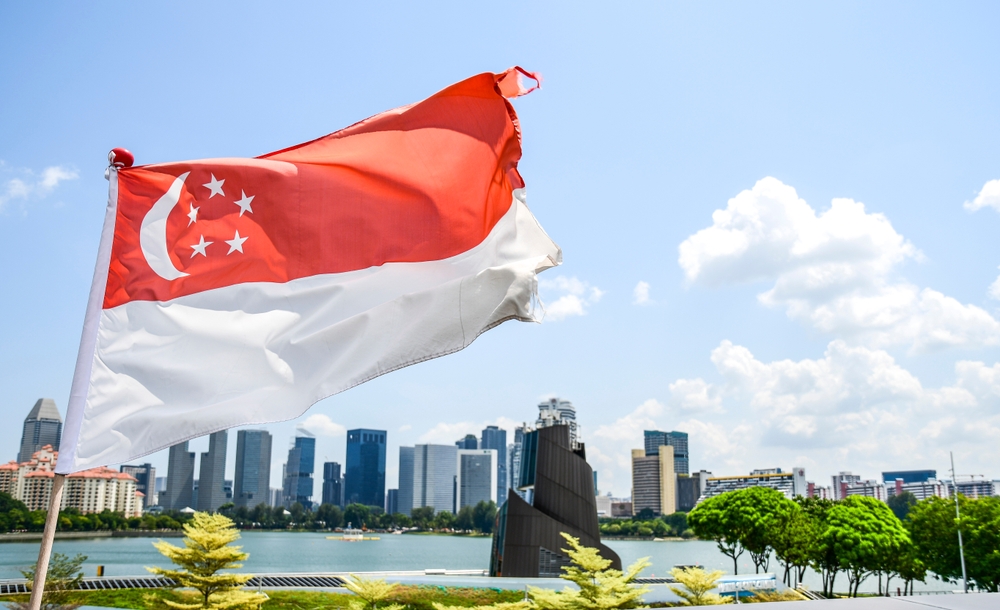
- Population: approx. 5.9 million
- Very high scores in governance and mobility
- Clean city with strict environmental standards
- Innovative management and high civic engagement
4. Aarhus, Denmark
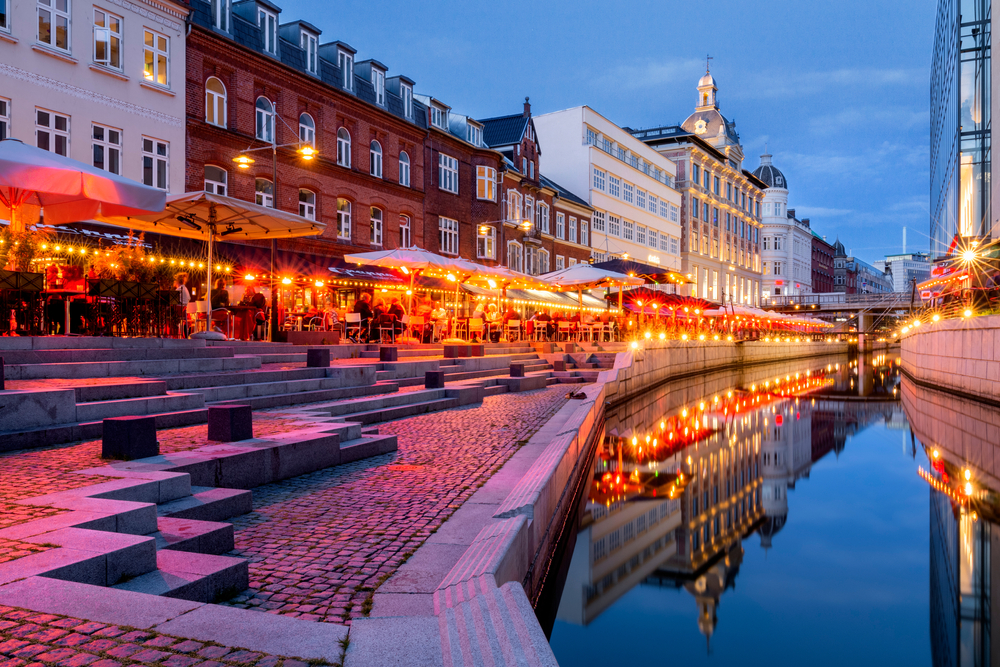
- Population: approx. 285,000
- Focus on health and the environment
- Young population and vibrant cultural scene
- One of the four Danish cities in the top tier
5. Antwerp, Belgium
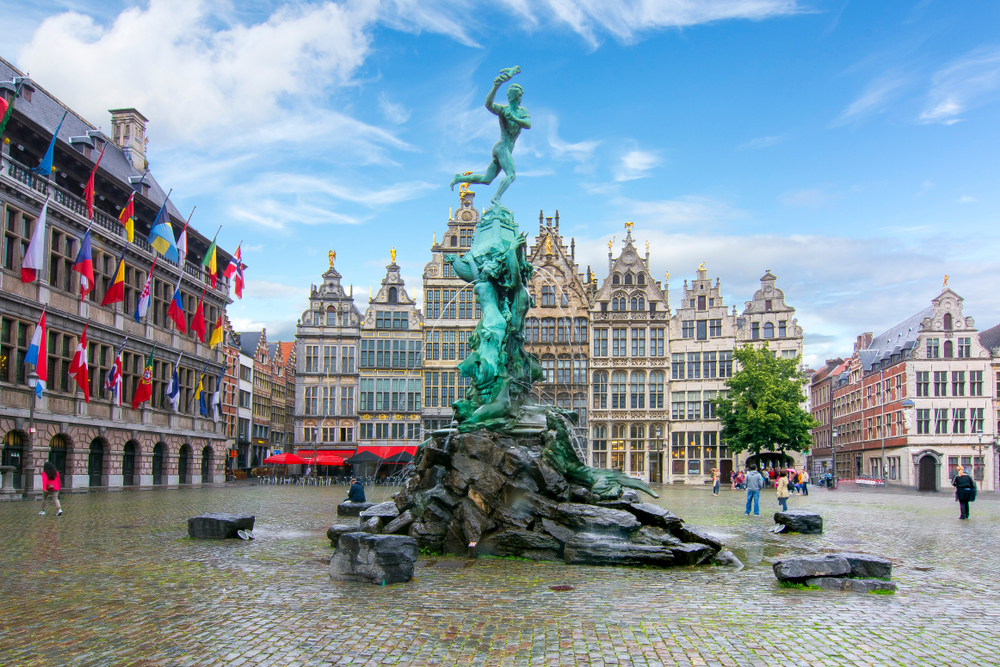
- Population: approx. 530,000
- High scores in health and mobility
- Strong citizen involvement in decision-making
- Mixed economic development with a focus on sustainability
6. Seoul, South Korea
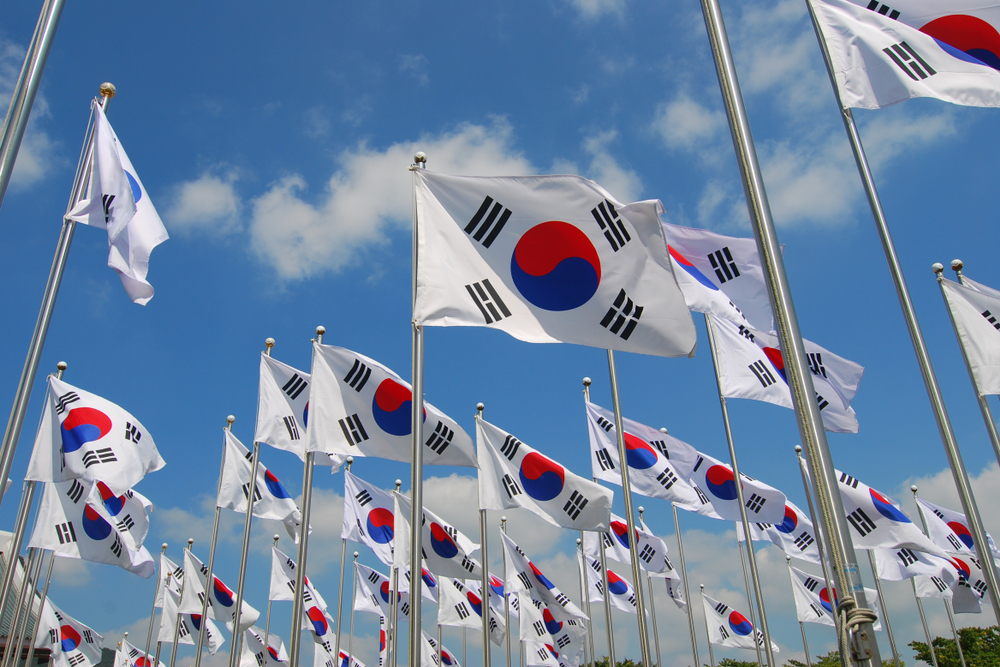
- Population: approx. 9.5 million
- Advanced infrastructure and transportation
- Active use of technology in city governance
- Broad access to healthcare and education
7. Stockholm, Sweden
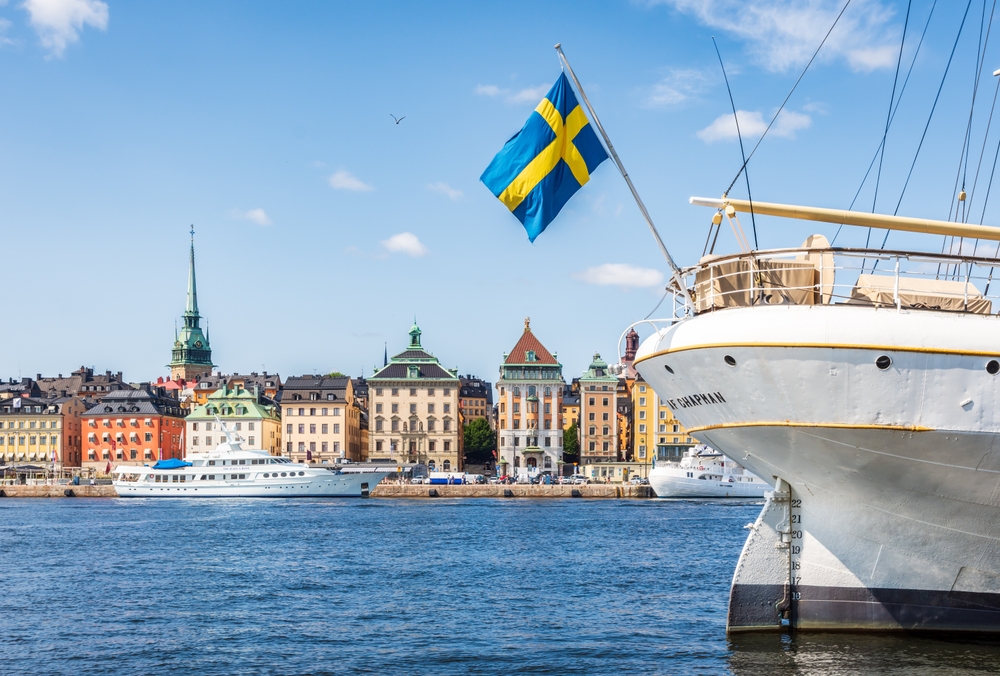
- Population: approx. 975,000
- Eco-friendly city with strong social structures
- Investments in green transport and urban planning
- High levels of social trust among residents
8. Taipei, Taiwan
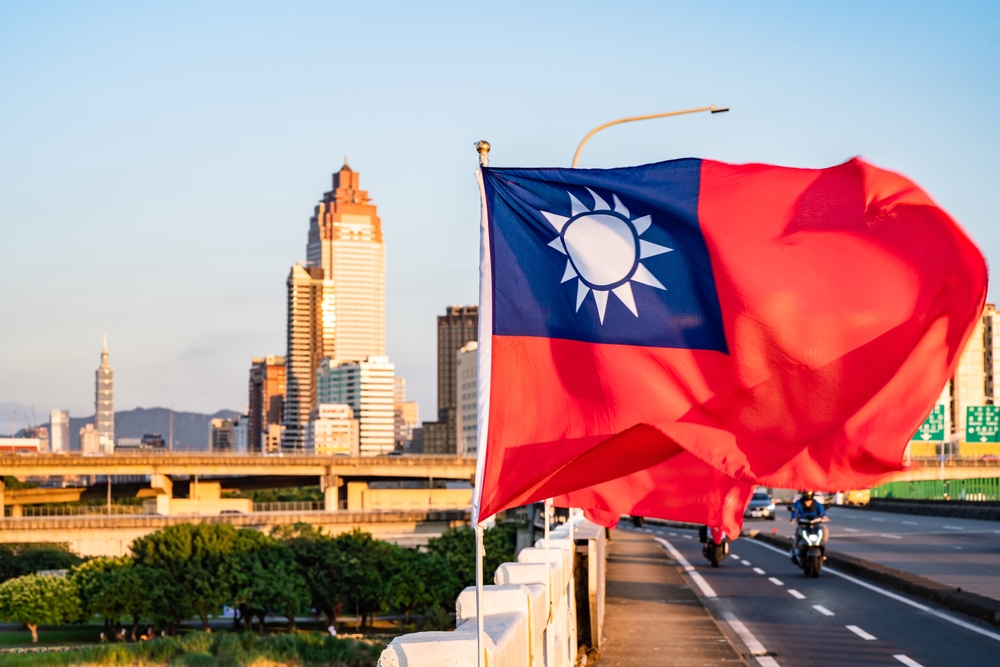
- Population: approx. 2.5 million
- Emphasis on health and quality of life
- Advanced public transport and mobility
- Residents highlight joy of life and sense of security
9. Munich, Germany
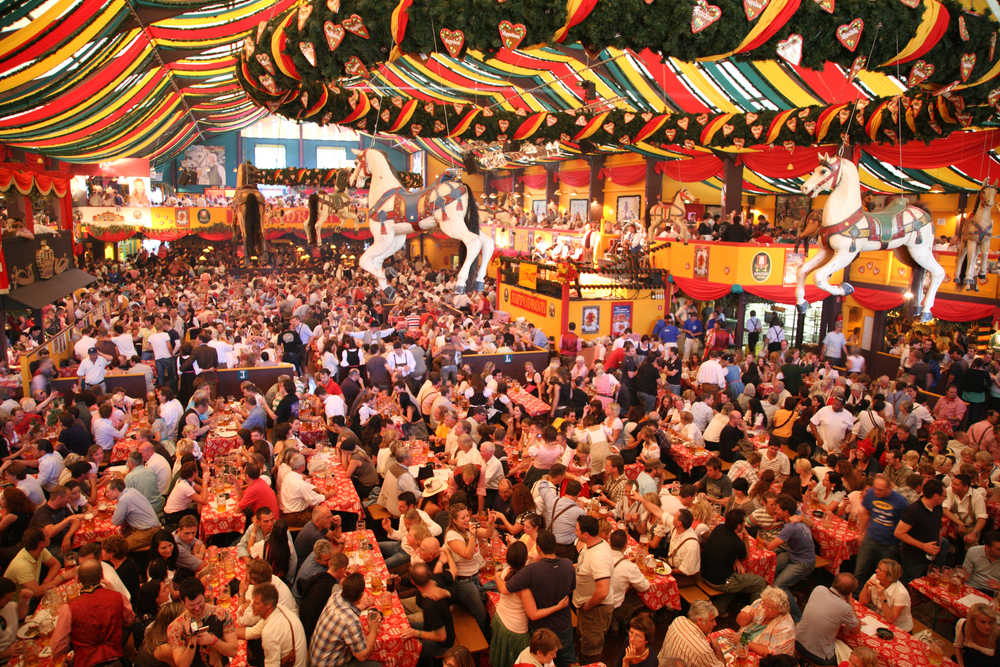
- Population: approx. 1.5 million
- Economically strong and stable
- Rich cultural heritage and green spaces
- Excellent healthcare and public services
10. Rotterdam, Netherlands
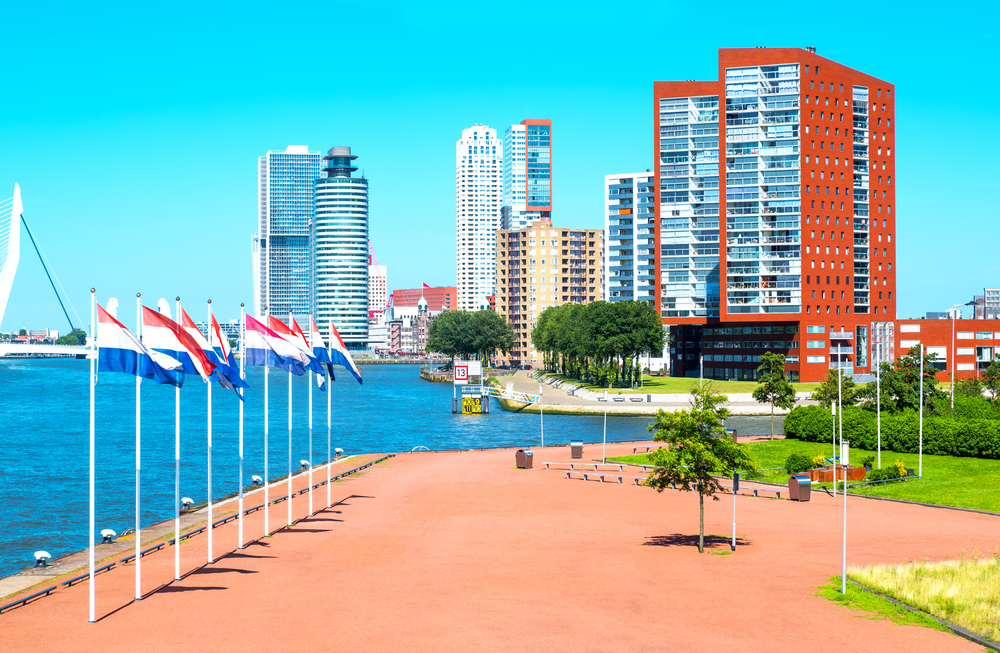
- Population: approx. 655,000
- Innovative city with a focus on sustainability
- High level of governance and citizen engagement
- Key hub for mobility and trade

